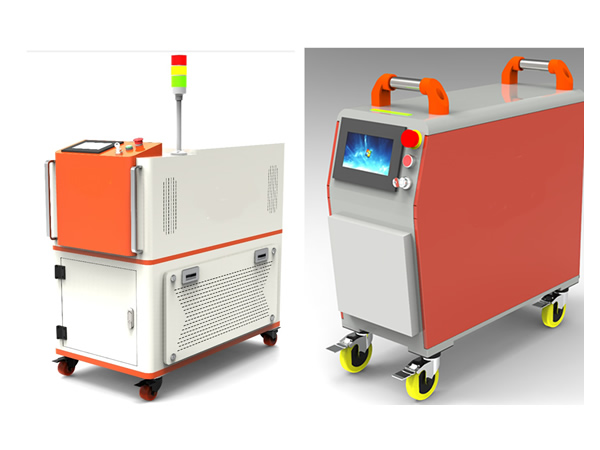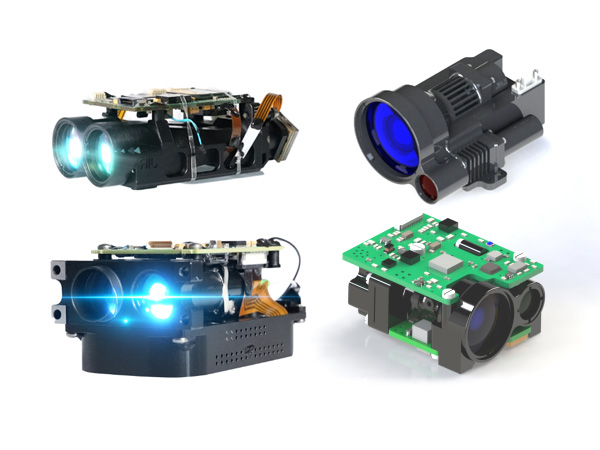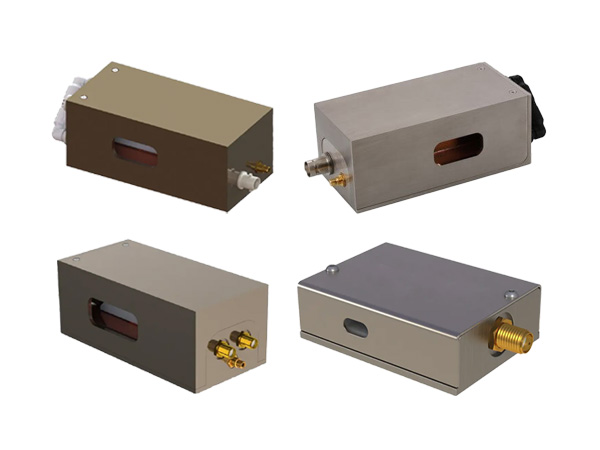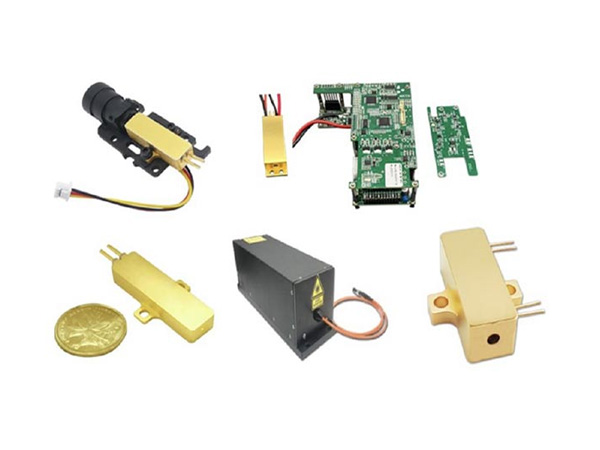Lasers for Brillouin
Brillouin Scattering
The Brillouin Effect is the inelastic scattering of photons caused by their parametric interaction with thermal phonons.
Lasers for Brillouin
The Brillouin Effect is the inelastic scattering of photons caused by their parametric interaction with thermal phonons, as found in Raman spectroscopy, though here resulting from the interaction of light with phonons vibrating within the acoustic range; more commonly known as sound waves. These dynamic thermal fluctuations cause changes in the dielectric constant, and so the refractive index of a carrier material, producing a weak inelastic scattering effect as a photon passes through.
This inelastic interaction causes a change in frequency within the incident light, proportional to the relative velocity of the phonon, resulting in an energy change, or Stokes shift, several orders of magnitude smaller than the Raman shift due to the comparative speeds of sound and light.In Raman, this Stokes shift is related to specific vibrational and rotational interactions at the molecular level, whereas Brillouin shifts are a result of macro-scale, lower frequency interactions with the bulk media, where the non-linear effect arises most often from electrostriction.
This Stoke shift can also be caused by changes in the charge structure (polarons) or its magnetic (magnons) oscillations. The photon can either lose energy, resulting in a shift to a longer wavelength, or gain energy, resulting in shorter wavelengths (Anti-Stokes).
At low laser powers these Brillouin effects can occur spontaneously, but at higher power intensities the effect can be stimulated directly by the excitation photons, known as Stimulated Brillouin Scattering (SBS). SBS causes an acoustic wave to be generated in the carrier material, travelling in the same direction as the incident beam, with the scattered and shifted photons reflecting backwards towards the incident beam, or retroreflected.
This scattering can be analysed to determine various elastic properties of sub-micron films and samples, as well as surface properties of bulk materials, and is used in a wide range of applications; such as geology, biology and life sciences, oil and gas, telecommunications, among others. For example, it is this stimulated retroreflection effect that limits the total optical power that can be injected into an optical fibre.
This effect is also widely used for optical phase conjugation, where phase conjugation mirrors (PCMs) are used to correct thermal distortions in laser crystals and produce more Gaussian beam shapes.
As the scattering effect is so weak, with Stokes shifts on the order of just a few picometers, the excitation laser source used is critical. The laser must have extremely narrow linewidth, with long coherence lengths, to ensure that the results are observed clearly as Brillouin scattering effects with good resolution and signal to noise. High wavelength and power stability are also vital to ensuring that Brillouin scattering, and interferometry observations in general, are not obscured by other optical effects over the time of the measurement.
We design and manufacture single frequency laser sources with unrivalled wavelength stability, narrow linewidths and long coherence lengths over a range of wavelengths within a small footprint. We currently offer single frequency lasers in the red and green areas of the visible spectrum with our Solo 640 Series and Duetto 532 Series respectively; to complement our Solo 1064 Series.
 English
English Français
Français Deutsch
Deutsch euskara
euskara Русский язык
Русский язык Italiano
Italiano Português
Português Nederlands
Nederlands Polski
Polski Greek
Greek Lietuva
Lietuva Türkçe
Türkçe 日本語
日本語 한어
한어 中文
中文 தாமில்
தாமில் فارسی
فارسی हिंदी
हिंदी Tiếng Việt
Tiếng Việt ภาษาไทย
ภาษาไทย Pilipino
Pilipino Indonesia
Indonesia தாமில்
தாமில்





